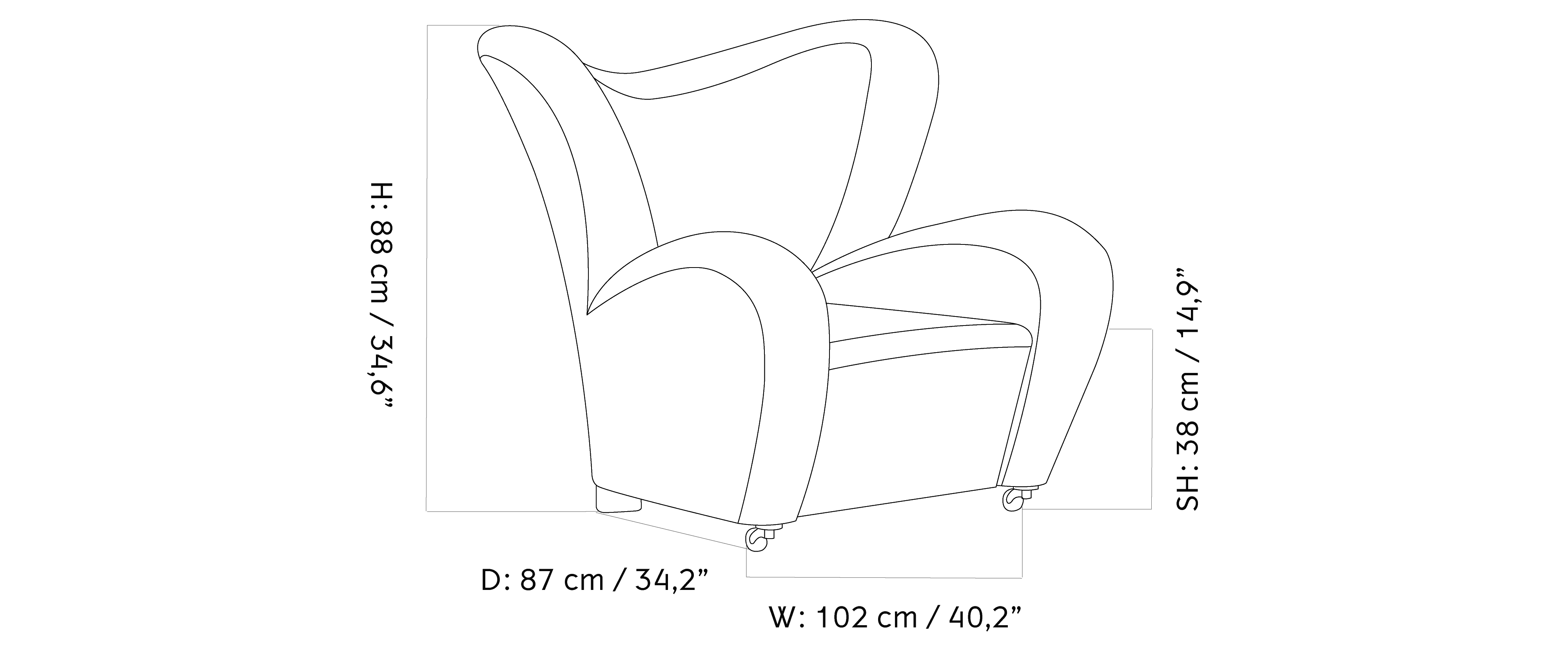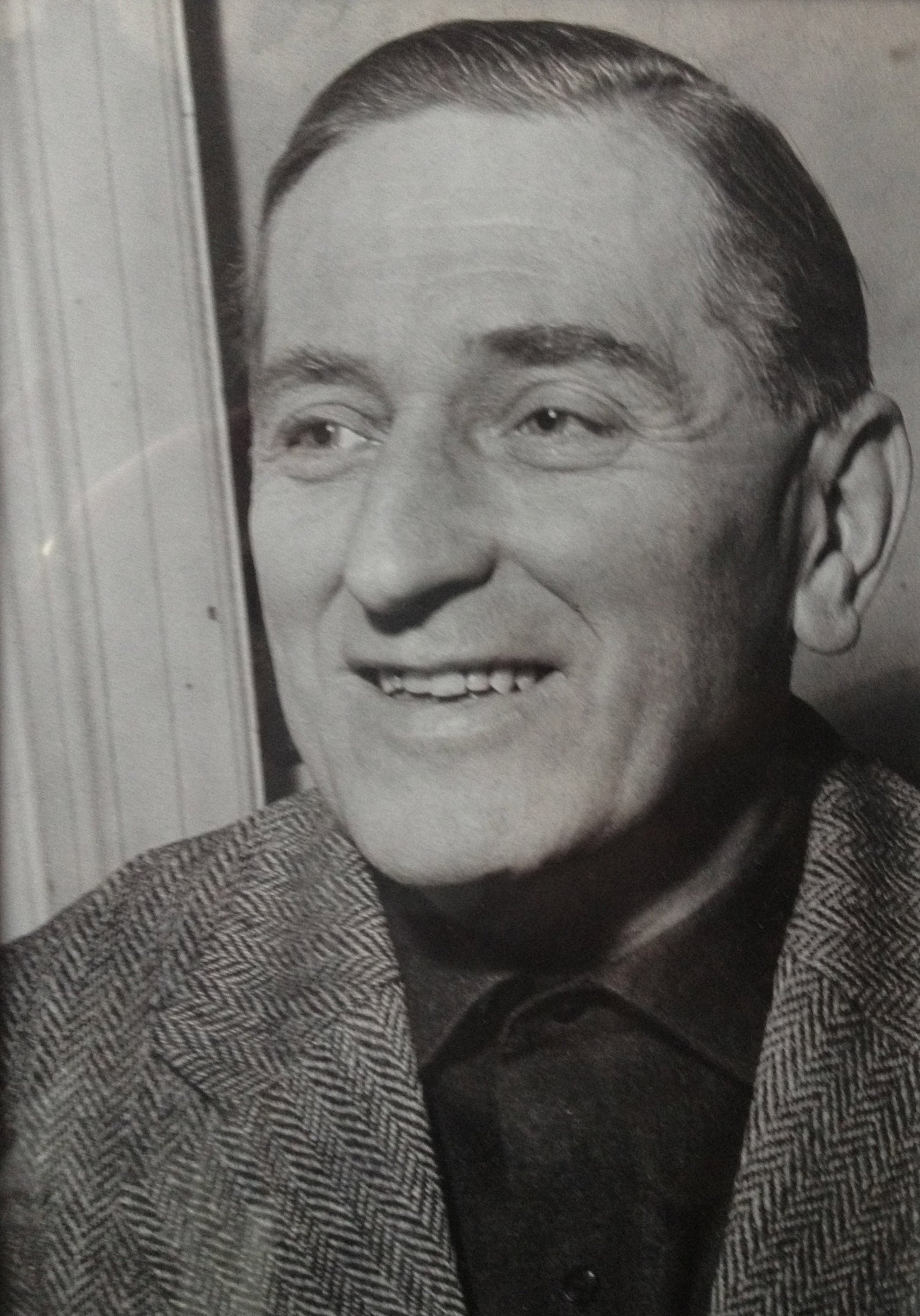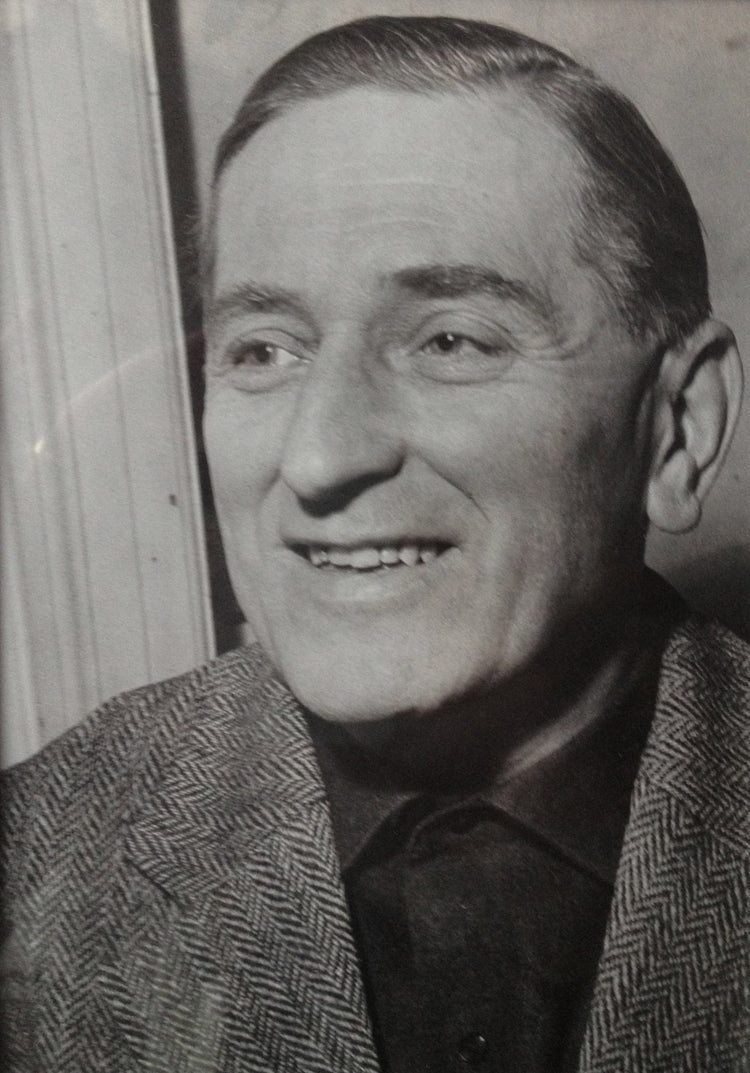The Tired Man Lounge Chair, Textile
The Tired Man Lounge Chair, Textile
Designer Flemming Lassen
Designer Flemming Lassen
SKU 71134-009690
Complete with:
The Tired Man Lounge Chair
Textile
The Tired Man Lounge Chair
Textile
The Everyday Icons edition of The Tired Man Lounge Chair thoughtfully reinterprets a beloved Danish design. Its generous proportions are refreshed with modern upholstery and finishes, adding a new chapter to the rich legacy of this 1930s icon.
Originally designed in 1935 by Flemming Lassen and first unveiled at the Copenhagen Cabinetmakers’ Guild Exhibition that same year, The Tired Man is distinguished by its sculptural, streamlined form and inviting winged backrest. While emblematic of 1930s aesthetics, the voluminous yet minimalist chair remains a celebrated Danish design icon 90 years after its conception — an heirloom cherished across generations.
Height
34.65 in
Width
40.16 in
Depth
34.25 in
Seat height
14.96 in
Seat depth
21.65 in
Arm rest height
21.06 in
Specifications
Materials
Wadding; Upholstery; Foam; Webbing Belts; Steel; Solid Oak; Pocket Springs; Plywood; Solid Brass
Free Large Item Shipping on Orders Over $100
Oversized Returns
We cannot accept returns on this item or other oversized/bulky furniture and large lighting items due to their large and to-order nature.
read more returns
MEET THE DESIGNER
Flemming Lassen
Credited for his role in bringing functionalism to Denmark, Flemming Lassen was an architect and designed noted for his exacting craftsmanship and naïve expression. Lassen drew much of his inspiration from the architect Mies van der Rohe and the tenets of the Bauhaus artistic movement —a less is more approach focused on form, function and novel materials counterbalanced with human needs. His original and distinctive designs with timeless silhouettes still resonate today.
































